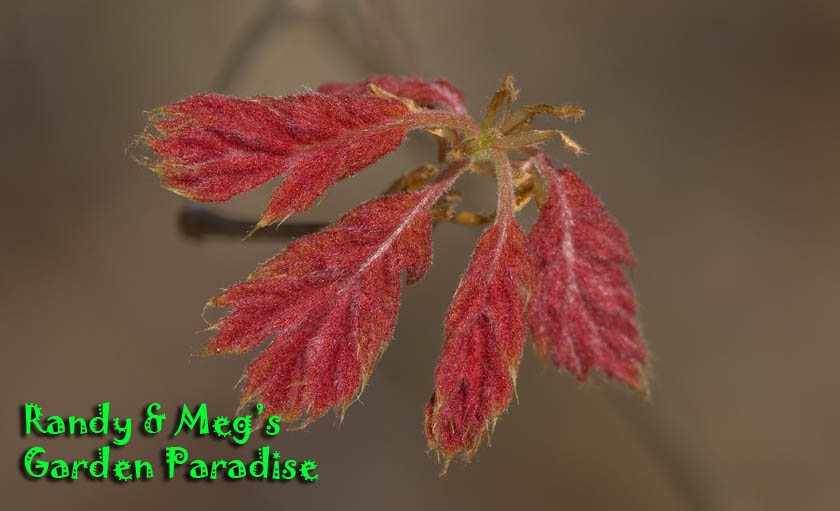Back in the fall of 2004 I was the Monarch Monitoring guy on the Eastern Shore of Virginia NWR. For 3 months I carried my camera and net and did surveys of the Monarch migration on the refuge and surrounding area. I tagged 550 Monarchs, though none of them were recovered in Mexico.

I was told by the people who had been monitoring the Monarchs in the years past that the Pine trees at the northern edge of the Chesapeake Bay Bridge was the best place to find the Monarchs before they made the 25 mile journey across the Chesapeake Bay. Yes I did find them there, discovered that the cherry trees (pictured here) was an even better place to find them some mornings. These photos were taken with a 400mm lens and a good tripod. Sorry to get to this site you need 2 permits one from the National Wildlife Refuge and another from the Chesapeake Bay Bridge Police.


Below are some scenes of the Monarchs on the Black Pines a non native species that tolerates salt from sea spray.


The most Monarchs I found on a given day was around 1500.

My job of monitoring also expected me to visit the Hawk Migration Platform 3 times a day, I saw thousands of migrating hawks some days. One day the hummingbird feeder had a Painted Lady and Monarch visit it, new for me. We also saw a Cloudless Sulphur on the feeder too.

Some of the Monarchs I tagged didn't make it like this one a Chinese Preying Mantis snagged the next day after I tagged it. That goldenrod is Seaside Goldenrod an amazing butterfly attractor.

Two male Monarchs on another species of goldenrod.

Close of male Monarch on goldenrod. I have hundreds of photos from this extended trip. I'd do it again but I was not paid enough to make my house payment, so it was a one time adventure.

























